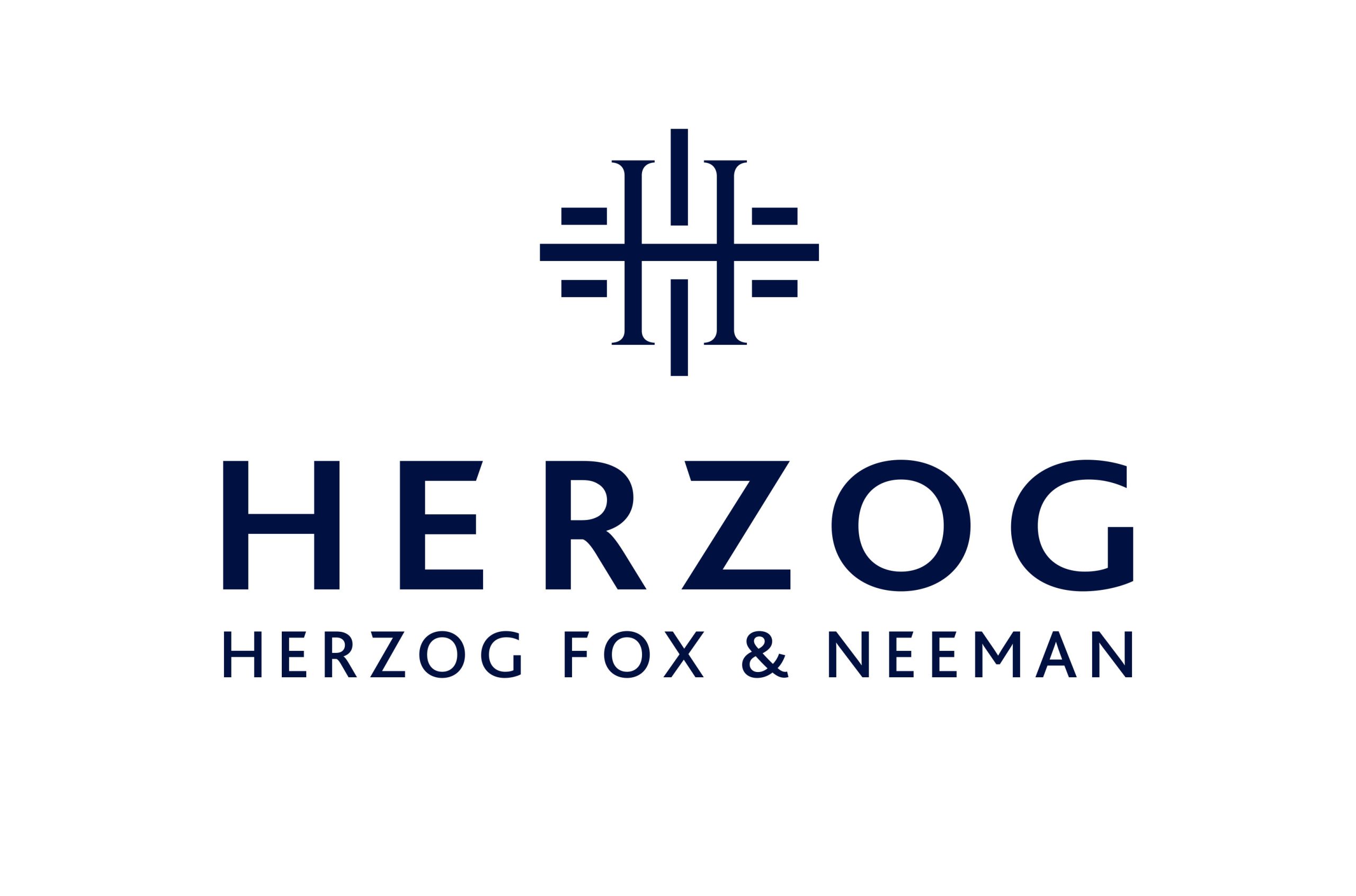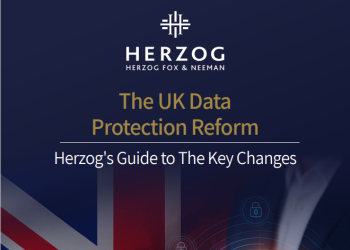European Commission Published a White Paper on Artificial Intelligence Rules
26 February 2020
26/02/2020
Technology & Regulation in the Spotlight
The European Commission has published a White Paper on Artificial Intelligence (“AI“) that sets out the Commission’s proposals to promote the development of AI in Europe, whilst ensuring respect of fundamental human rights through an appropriate regulatory framework. The White Paper is characterized by a risk-based approach in addressing the risks of harnessing the benefits of AI.
According to the Commission’s White Paper, Europe’s future sustainable economic growth and societal wellbeing is becoming increasingly dependent on value created by data, and AI is one of the most important applications of such data economy. As a consequence of Europe’s technological strengths and the abundance of available data, the Commission believes that the European Union may become a global leader in innovation, development and deployment of data economy applications, including AI. In order to achieve such a goal, the White Paper presents policy options in order to enable the trustworthy and secure development of AI in Europe, balancing between the principles and pillars of excellence and trust.
To achieve an ecosystem of excellence, the Commission proposes to streamline research, foster collaboration between member states and between private and public sectors and increase investment into AI development and deployment. In this regard, the Commission is striving to create the right incentives in order to accelerate the adoption of AI based solutions, especially by small and medium sized businesses.
The regulatory blueprint presented in the White Paper, outlines a risk-based regulatory approach, which addresses the main aspects of training data, retention of records and data, transparency and information provision, robustness and accuracy, human oversight, as well as specific requirements for remote biometric identification. The regulatory framework would require amending existing laws and regulations, as well as adopting new ones.
According to the White Paper, authorities should be able to test and certify the data used by algorithms, and unbiased data is needed to train high-risk systems in order to perform properly, and ensure respect of fundamental rights, to prevent unjust discriminatory outcomes. High-risk AI systems need to be certified, tested and controlled. An AI application should be considered high risk where it meets two cumulative criteria: (i) the application is employed in a sector where significant risks can be expected to occur (namely, healthcare, transport and energy); and (ii) the application is used in such a manner that significant risks are likely to arise. This approach acknowledges that not every use of AI in risk-prone sectors involves significant risks.
In the same context, we recently reported on the White House’s proposal for the regulation of AI in the American private sector and on the report issued by the New-York City Automated-Decision Task Force.
**********************************************
Feel free to contact us with any further question or comments regarding the update and subjects detailed above.
Kind regards,
Ariel Yosefi, Partner
Head of Technology & eCommerce Regulation
Herzog Fox & Neeman





